What are Cost-Efficiency Strategies Implemented in Snubbing Units
Efficiency is the backbone of any successful oil and gas operation, and snubbing units, specialized hydraulic units used in well intervention activities, are no exception. These units are pivotal in maintaining and optimizing well integrity, particularly in challenging downhole environments. However, their deployment can often incur substantial costs. To counteract this, the industry has been implementing a range of cost-efficiency strategies within snubbing units to streamline processes without compromising safety or quality.
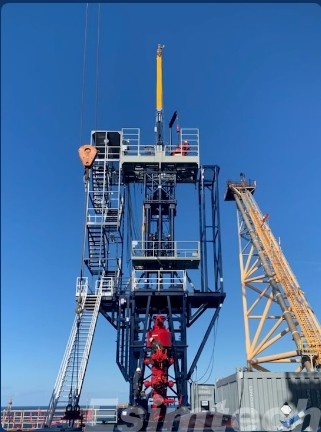
Understanding Snubbing Units
Snubbing units are specialized hydraulic units used in well intervention activities, primarily during workovers, completions, and other operations where traditional drilling rigs are not feasible or practical. These units enable operations to be conducted under pressure, allowing for tasks such as running or pulling tubing, setting packers, and performing other downhole operations without the need to kill the well. However, the complexity of these operations often translates into high costs, making cost-efficiency strategies essential for sustainable operations.
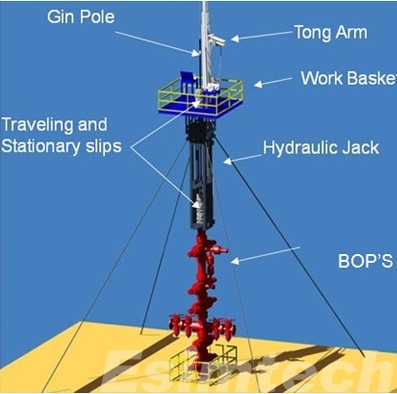
Key Strategies Implemented in Snubbing Units to Maximize Cost-efficiency
1. Effective Planning and Preparation
Thorough planning is essential for cost-efficient snubbing operations. This includes detailed job assessments, risk analyses, and the development of comprehensive execution plans. By anticipating potential challenges and developing contingency measures, operators can minimize downtime and avoid costly delays during operations.
2. Optimized Equipment Utilization
Snubbing operations require a variety of specialized equipment and tools. Optimizing the selection and deployment of equipment based on the specific requirements of each job helps minimize unnecessary expenses associated with excess equipment mobilization and handling. Additionally, ensuring that equipment is properly maintained and serviced prolongs its lifespan and reduces the need for costly repairs or replacements.
3. Remote Monitoring and Control
Leveraging remote monitoring and control technologies allows operators to oversee snubbing operations from a centralized location. Real-time data acquisition and analysis enable proactive decision-making, optimizing operational parameters and minimizing the risk of costly errors. Remote capabilities also reduce the need for onsite personnel, resulting in cost savings associated with manpower and logistics.
4. Skilled Workforce and Training Programs
Investing in a highly skilled and well-trained workforce is crucial for maximizing cost-efficiency in snubbing operations. Providing comprehensive training programs tailored to the specific requirements of snubbing work ensures that personnel are proficient in safety protocols, equipment operation, and intervention techniques. Competent personnel are better equipped to execute tasks efficiently, reducing the likelihood of errors and minimizing operational downtime.
Drilling simulation training system allows personnel to undergo virtual training in a simulated environment, replicating real-world scenarios without the associated risks and costs. Operators can train snubbing crews on equipment operation, well control techniques, and emergency response procedures, improving competency and readiness while minimizing the need for expensive field training exercises.
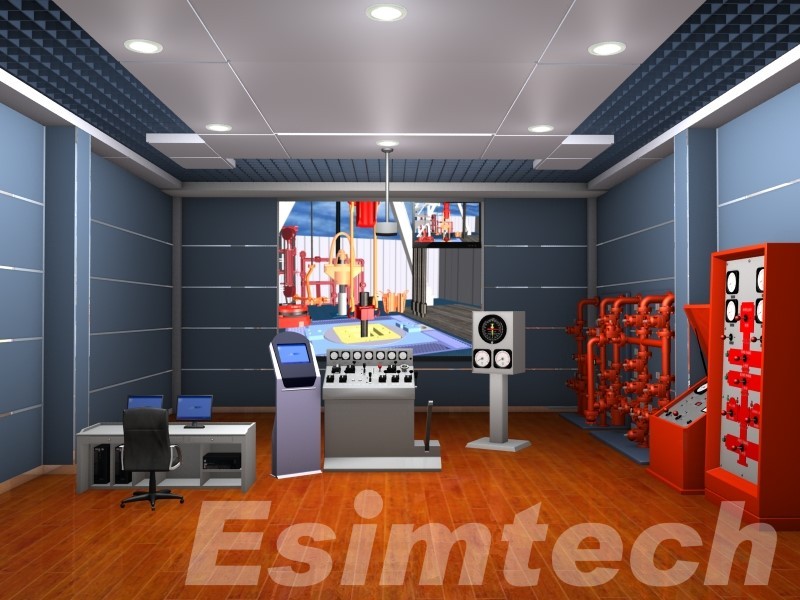
5. Predictive Maintenance Practices
Implementing predictive maintenance techniques helps prevent equipment failures and unplanned downtime. By monitoring equipment health indicators and performing regular inspections, operators can identify potential issues before they escalate into costly problems. Scheduled maintenance activities can be planned during periods of low activity to minimize disruptions to ongoing operations.
6. Continuous Process Improvement
Adopting a culture of continuous improvement enables operators to identify inefficiencies and implement corrective measures to enhance operational performance. Regular performance evaluations, feedback mechanisms, and post-job reviews help identify areas for optimization and refinement. By continuously striving to improve processes and workflows, operators can drive long-term cost savings and operational excellence.
7. Strategic Vendor Partnerships
Building strategic partnerships with equipment suppliers and service providers can yield cost-saving opportunities. Negotiating favorable pricing agreements, leasing equipment instead of purchasing outright, and accessing volume discounts are examples of how collaboration with vendors can help reduce operational costs. Additionally, vendors may offer value-added services such as equipment maintenance and technical support, further enhancing cost efficiency.
8. Energy Efficiency and Environmental Sustainability
Incorporating energy-efficient technologies and sustainable practices not only reduces operational costs but also aligns with environmental stewardship objectives. Implementing measures to optimize fuel consumption, minimize emissions, and reduce waste generation not only lowers operating expenses but also enhances corporate reputation and compliance with regulatory requirements.
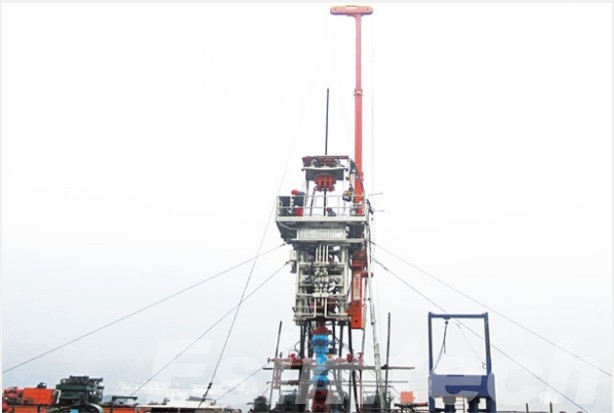
Simulation Technology Used in Enhancing Cost-efficiency of Snubbing Units
1. Pre-Job Planning and Analysis
Simulation technology enables operators to conduct detailed pre-job planning and analysis by simulating various aspects of the operation, including wellbore conditions, equipment performance, and logistical considerations. By running simulations, operators can identify potential challenges, optimize operational parameters, and develop effective contingency plans, reducing the likelihood of costly surprises during execution.
2. Equipment Performance Optimization
Simulating the performance of snubbing unit equipment, such as hydraulic systems, blowout preventers (BOPs), and pressure control components, allows operators to optimize equipment settings and configurations for maximum efficiency and reliability. By identifying potential bottlenecks or inefficiencies in advance, operators can make informed decisions to enhance equipment performance and minimize downtime during operations.
3. Real-Time Decision Support
Advanced full size snubbing simulator can provide real-time decision support during operations by integrating with data acquisition systems and monitoring downhole conditions. By continuously updating simulation models with real-time data, operators can assess the impact of changing parameters on operational performance and make proactive adjustments to optimize efficiency and safety.
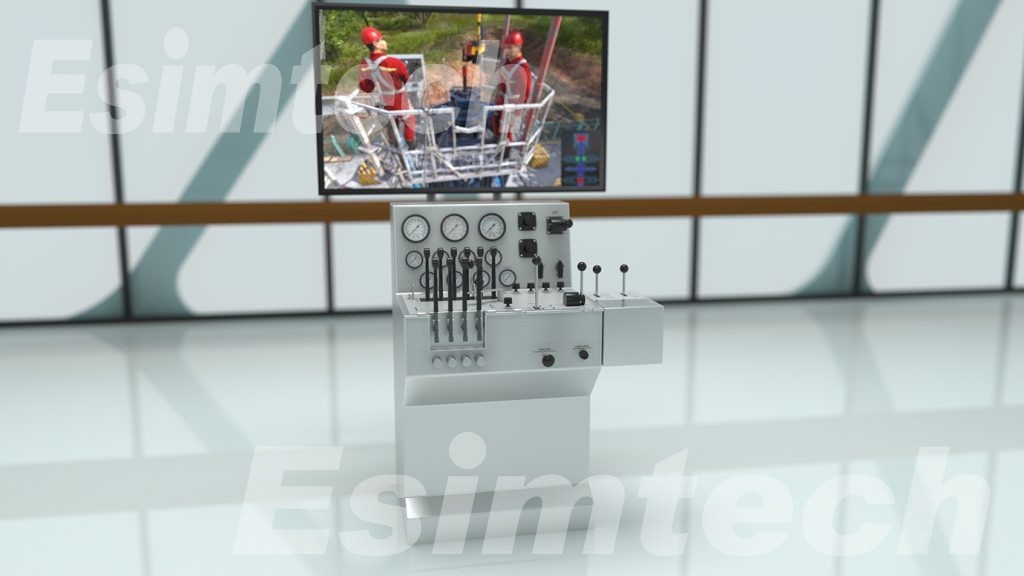
4. Risk Mitigation and Contingency Planning
Simulation technology enables operators to assess and mitigate risks associated with snubbing operations by modeling various failure scenarios and their potential consequences. By simulating well control events, equipment failures, and other contingencies, operators can develop effective risk mitigation strategies, improving overall safety and reducing the likelihood of costly incidents.
5. Performance Benchmarking and Optimization
Snubbing simulator allows operators to benchmark the operation performance against historical data or industry standards. By analyzing simulation results and identifying areas for improvement, operators can implement targeted optimization measures to enhance efficiency, reduce costs, and improve overall operational performance over time.
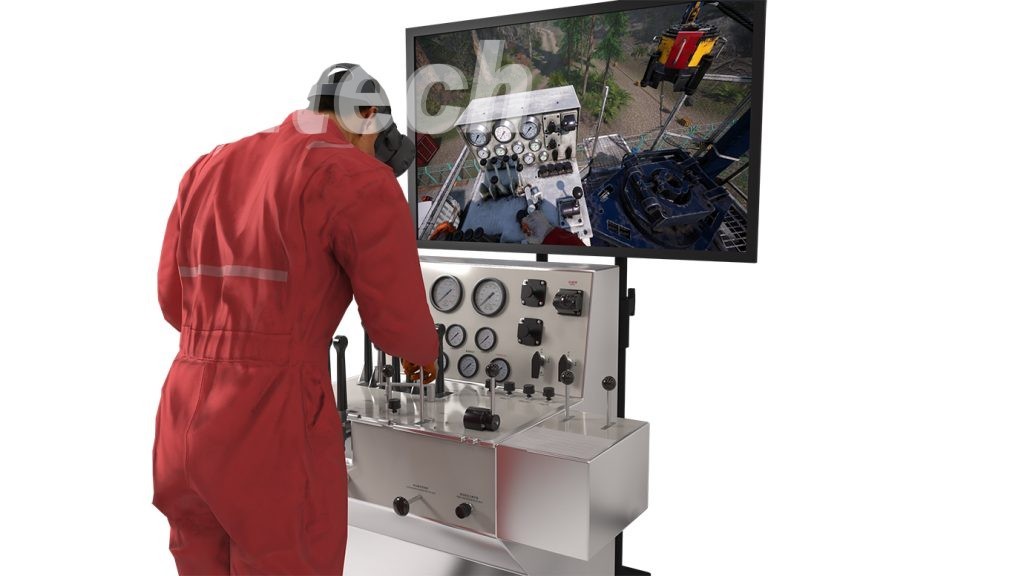
6. Cost-Benefit Analysis
Simulation technology can facilitate cost-benefit analysis by modeling different operational scenarios and evaluating their financial implications. By comparing the costs and benefits of various approaches, such as different equipment configurations or operational strategies, operators can make data-driven decisions to optimize cost-efficiency while maintaining operational effectiveness.
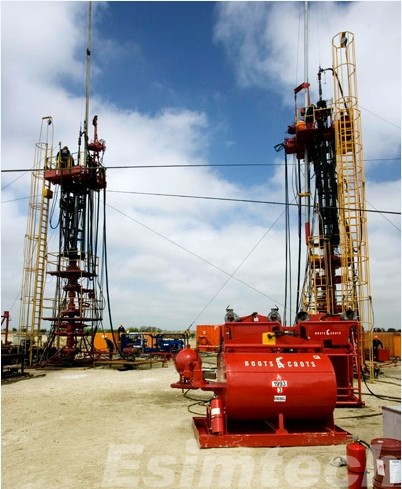
Conclusion
Cost-efficiency strategies play a pivotal role in maximizing the value proposition of snubbing units in well intervention operations. Operators can maximize operational efficiency while minimizing costs through implementing strategies such as optimized equipment utilization, remote monitoring and control, well-specific planning, etc. Leveraging advanced technologies and best practices are essential in driving sustainable cost-efficiency in snubbing unit operations.
Simulation technology has emerged as a powerful tool for enhancing the cost-efficiency of snubbing units in oil and gas operations. By simulating various aspects of snubbing operations, from equipment performance to downhole conditions, operators can optimize processes, mitigate risks, and reduce overall costs.
